|
Hiking in hot, dry or humid conditions can be a significant challenge. Not only can it make things much more difficult than the average hike, but if it is not taken seriously, it can be potentially dangerous as well. Inside this article, we explore some simple and effective strategies to prepare and conquer a hot weather hike. Hot weather hiking can be hard to define in specific numbers. This is because changes in temperature, wind, humidity, shade, exertion and a few other factors significantly contribute to how heat affects us. But it is safe to say; you know it when you feel it! The intention of this article is to give you some clear guidelines and strategies to help when hiking during the heat. So if you are day hiking in the middle of an Australian summer, or if you are in the tropics of the Papua New Guinea trekking the Kokoda Track or you are in the middle of the Sahara, you will know what to do to stay safe, and perform at your best on the trail. Challenges When Hiking In The Heat Hiking in hot weather comes with a few significant challenges: Endurance performance is progressively impaired the hotter it gets. A typical hiking pace is more difficult to sustain as you get hotter. This is because the heat will both affect cardiovascular strain, which contributes to decreased maximal aerobic capacity. On top of this, the heat can affect you mentally and reduce motivation to continue on. Dehydration/Over-hydration Dehydration is a typical consequence of hot weather hiking, but we definitely want to avoid it. Even small amounts of dehydration can lead to impairments of physical performance (making things feel harder). And larger amounts of dehydration can be harmful and, in the world cases, potentially fatal. On the other side of things, over-hydration (hyponatraemia) can lead to some severe and sometimes life-threatening consequences as well. Finding the correct balance between these things is essential for any hiker in a hot weather environment. Heat Exhaustion/Heat Injury/Heat Stroke Heat-related issues can range in severity. It can cause discomfort, fatigue, and a number of 'lesser' symptoms on the lower end of things. On the other end of the scale, it can lead to major complications like organ damage, seizures, coma and even death. Cramping Exercising in hot environments can lead to heat cramps, which if you have ever experienced, you will know are not much fun! Tips For Hot Weather Hiking To combat the above issues, this article will explore a number of tips, strategies and tactics to help you stay safe and perform at your best during a hot weather hike. We will explore:
Nutrition And Hydration For Hiking In The Heat Adequate nutrition and hydration is critical when undertaking hikes in hot, dry or humid environments. Careful consideration around what you eat and drink before and during the hike can benefit both your performance and overall enjoyment of the hike. Consider the following: Nutrition Tips For Hot Weather Hiking What you eat can make or break your hiking performance and comfort on the trail. During hot weather, this is doubly as important. When considering your food for a hotter hike, these are some areas you should consider: A balanced meal at least 2-3 hours before your hike. Eating a balanced meal (1/2 a plate of carbohydrates, 1/4 a plate of protein and 1/4 a plate of vegetables) is a great first step before your hike. It is essential that you consume sustaining carbohydrates (i.e. long grain rice, pasta, sweet potato) prior to a hike. Carbs are your premium petrol during exercise and easiest for your muscles to fuel powerful contractions and the brain. Its just the same as when you go on a long road trip - you typically fill your car with enough fuel, in order to ensure you get to the destination. Topping up your energy during a hike with on average 45g carbs/hr* During a hike, your energy stores begin to deplete as you can only store 400-500g of carbs (glycogen) in your muscle and liver at one time. Previous research in endurance sports like hiking, indicates that glycogen depletes quicker in hot environments. Fail to do this and likely you will experience early fatigue and struggle whilst towards the back end of the hike, also increasing your risk of injury. Foods which you can consider here include:
*When considering this nutrition strategy, it is important that a hiker tests these nutrition guidelines and their food choices before undertaking a major hike or trek. Some people can tolerate these numbers fine, some people might feel more comfortable (in their stomach) by aiming for slightly less. Testing this is essential to ensure you don't run into any unexpected troubles on your hike! Hydration Tips For Hot Weather Hiking Drinking an adequate amount of water before and during the hike is critical from a health and performance perspective. A lack of water intake can increase the risk of dehydration and heat-related illness (i.e. heat stroke). These are some tips you should consider: Co-ingestion of fluid and electrolytes 1-2 hours before your hike. Ensuring your are adequately hydrated prior to your hike is essential Note: 'camelling up' (i.e. drinking multiple litres of water before you start) is not an effective strategy. The body can only digest a certain amount of water in any given period. 'Adequate' hydration is essential. But over hydration has no benefits. Drink a cup of icy cold water (<10C) immediately prior to the hike to 'pre-cool'. If available, drinking some icy cold water (or even a slushie!) can pre-cool the body prior to exercise, allowing you to stay cooler, and perform at higher levels, for longer. It is essential to monitor hydration status during your hike. Aim for light yellow or clear urine colour and drink fluid to sustain these colours. During hot climates, your sweat production increases in order to maintain your core body temperature. Consequently, you lose more electrolytes. Replacement of electrolytes through sports drinks, electrolytes powders or gels becomes critical. Electrolytes, not only support proper muscle contractions, but also assist in the absorption and retention of fluid (water) as well as stimulating thirst. Similar to carbohydrate intake, it is best to spread fluid/electrolyte intake throughout the hike in order to prevent gut disturbance. Bonus Tip! Drinking fluids at lower temperatures (<100C) can help stimulate appetite and thirst. So if you can bring an insulated bottle of cold/icy water on your hike, this can go a long way. Other Tips
Reference: Sports Dietitians Australia Position Statement: Nutrition for Exercise in Hot Environments This nutrition advice is brought to you by Body Fusion Accredited Sports Dietitians who can provide individualised nutrition advice to meet your nutritional needs during hot weather hikes What To Wear On A Hot Weather Hike There is a saying in hiking—there’s no such thing as bad weather, just unsuitable clothing. This is especially true when hiking in hot weather. There are a few things you’re managing for when hiking in heat. You want to keep cool, you want to manage your perspiration, and you want to stop yourself from being burnt to a crisp if it's sunny. Believe it or not merino wool is the way to go when hiking in the heat. “Wool? You’ll roast!” Not with lightweight merino you won’t. As warm and insulate as it can be in the cold, it also has a knack for keeping you comfortable in the heat. The beauty is, it wicks moisture in a controlled manner so you’re benefiting from being cooled down as the air touches the moist fabric, as well as not feeling completely soaked from sweat and waterlogged as you might in cotton. Better yet, it doesn’t get stinky from your sweat. It’s naturally odour resistant. Oh, and it has great UV protection qualities. The ideal ensemble for hiking in the heat would be a long sleeve lightweight merino wool t-shirt (if you go short sleeve remember to slip, slop, and slap), some lightweight synthetic pants or shorts, and a wide brimmed hat to keep the sun out of your face and to help soak up some of the sweat from your head. Even if it is hot and it’s forecast to stay that way, it’s a good idea to carry a few extra layers just in case. A fleece and rain coat are always a must in the backpack, and a lightweight merino beanie and some gloves. Training And Physical Preparation For Hot Weather Hiking Proper training and preparation can be crucial for hot weather hiking. This is doubly so if it is a longer and more challenging hike or trek. This is for a few reasons: In the heat, your capacity to exercise decreases This means everything will feel MUCH harder, and the chances of fatigue and exhaustion are much higher. If you have greater levels of aerobic fitness, you will still see reductions in your capacity, BUT you will have more leeway. A high level of cardiorespiratory fitness has been associated with improved exercise-heat tolerance. Meaning, when you have increased levels of fitness, your ability to tolerate the heat and continue to exercise is increased. Training can reduce the risk of injuries while hiking. During hot weather hiking, your mental clarity and concentration can be affected. And this can increase the chance of missteps, slips, stumbles and falls. Before your hike, the proper training can increase your ability to prevent these from happening and build resilience in your body to avoid pain and injury if these DO happen. A higher level of aerobic fitness leads to more efficient sweating. The fitter you are, the more effective your sweat response is at cooling the body. It is important to note that this is only effective when hydration is maintained (so you have water to sweat!). How To Train For Hot Weather Hiking To cover all your bases, a hiker should consider the following things in their training:
Hiking Training Building up your training fitness should always be a hiker's first priority. If you don't have the opportunity to get out on the trail regularly, you can do this by including long-duration, low-intensity cardio into your week. This could include things like walking, cycling, swimming or using gym cardio machines. If you have a particular adventure you are preparing for, you can learn how to plan your long term hiking training here: Planning Trek Training Strength Training Often neglected, strength training can do some incredible things for any hikers. It can:
So safe to say, it can be an incredible addition to any hikers training To learn how to create your own strength workout for hiking, you can read this article: Creating Your Own Strength Workout Hiking Specific Conditioning Hiking specific conditioning involves doing specific cardio sessions, which directly target an area of hiking you want to improve. This might include:
These sessions can be incredibly beneficial to improving comfort and performance on the trail. Want to see how this all fits together into a structured training program for hikers?
|
AuthorRowan is a personal trainer who specialises in training for hiking, trekkers and mountaineers for their bucket list adventures. Archives
July 2024
Categories
All
|
AboutSummit Strength is a personal training for hiking service created specifically to help hikers have the best chance of a safe, enjoyable and successful adventure.
|
Company |
Services |
|
|
© COPYRIGHT 2018. ALL RIGHTS RESERVED.
|
Website Design by My Personal Trainer Website
|

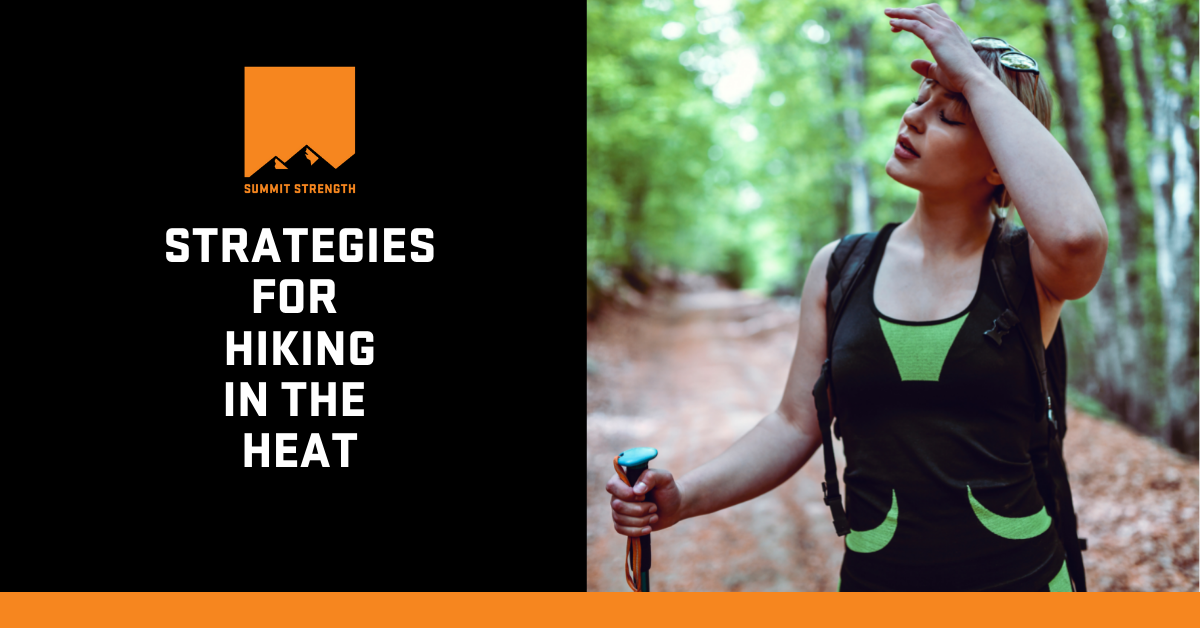
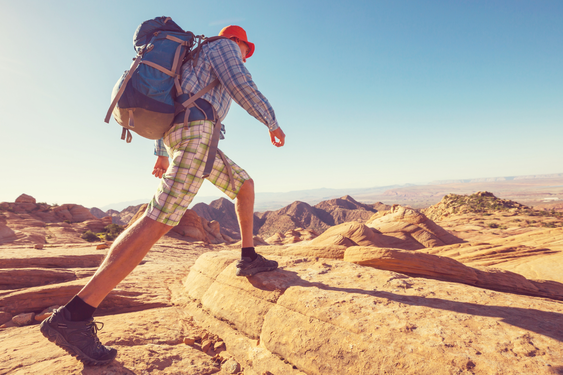
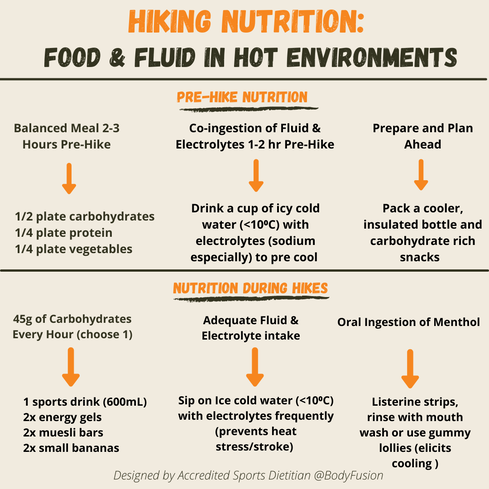
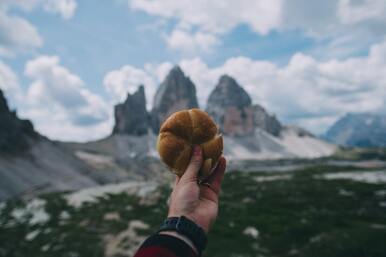
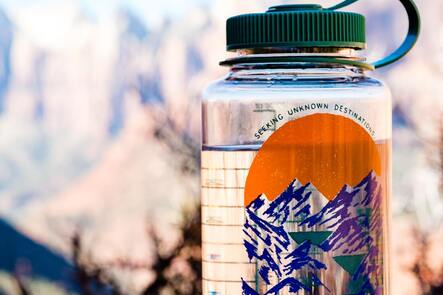
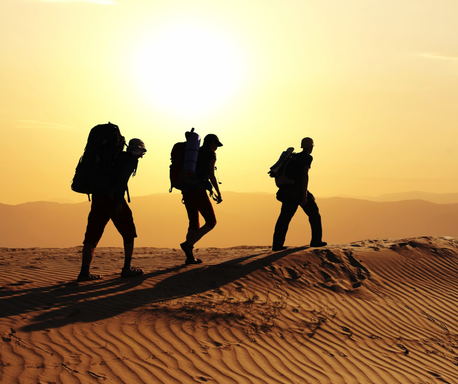


 RSS Feed
RSS Feed
